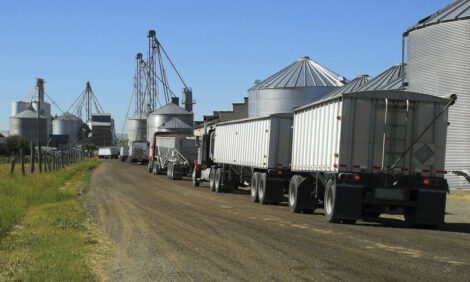



Vaccination strategies in the context of antibiotic reduction
The concept of One Health represents very new terminology, but there is nothing new about the interaction between animals, humans and the environment. The interactions between these three areas are increasingly overlapping so that veterinary medicine, human medicine and the environment are becoming more and more closely linked. This is why the concept is called One Health.Summary of a talk given by Prof. Paolo Martelli DVM, Diplomate ECPHM, President of the ECPHM and Full Professor of Veterinary Clinical Medicine at Parma University, Italy.
One Health and Responsible Use of Antibiotics
It is because of these close interactions that we have to use antibiotics prudently. It does not mean that we have to avoid antibiotic use completely, but rather we have to approach their use differently. Antimicrobials cannot and should not be considered as a protective umbrella against shortfalls in management, environment, biosecurity and welfare.
Immune Response Mode of Action
Non-self agent is the name given to anything that does not belong to the animal. Everything non-self is treated by the immune system, which is in itself very complex. As a consequence of the immune response, we have clinical and immunological protection in the same way that we expect protection from a vaccination.
Clinical Protection
The severity of a disease in a non-vaccinated animal is much higher than the severity of the disease in an animal that has been vaccinated. That is what we mean by clinical protection. Body temperature is one of the parameters for clinical protection, but one of the most important clinical parameters is average daily weight gain (ADWG). Infection can have a big impact on ADWG.
Vaccination Efficacy Perception and Herd Immunity
A list of some infections and what we perceive in terms of vaccine efficacy is shown in the video. The efficacy of a vaccination is a matter of perception. Unfortunately, vaccine efficacy cannot be measured in the field.
Herd immunity means creating resistance of a population both to an infection and to the spread of infection. Herd immunity is created when a large percentage of the population is vaccinated. When a vaccinated population is exposed to animals that are infected, we can expect 12 times less disease compared to a non-vaccinated population. When a non-vaccinated population is exposed to infected animals, you see a huge number of animals becoming infected. This is proof that the vaccination has reduced the capacity for disease transmission.
Mycotoxins have negative effects on vaccinations by reducing their efficacy. The mycotoxins and their effects are listed in the video.








